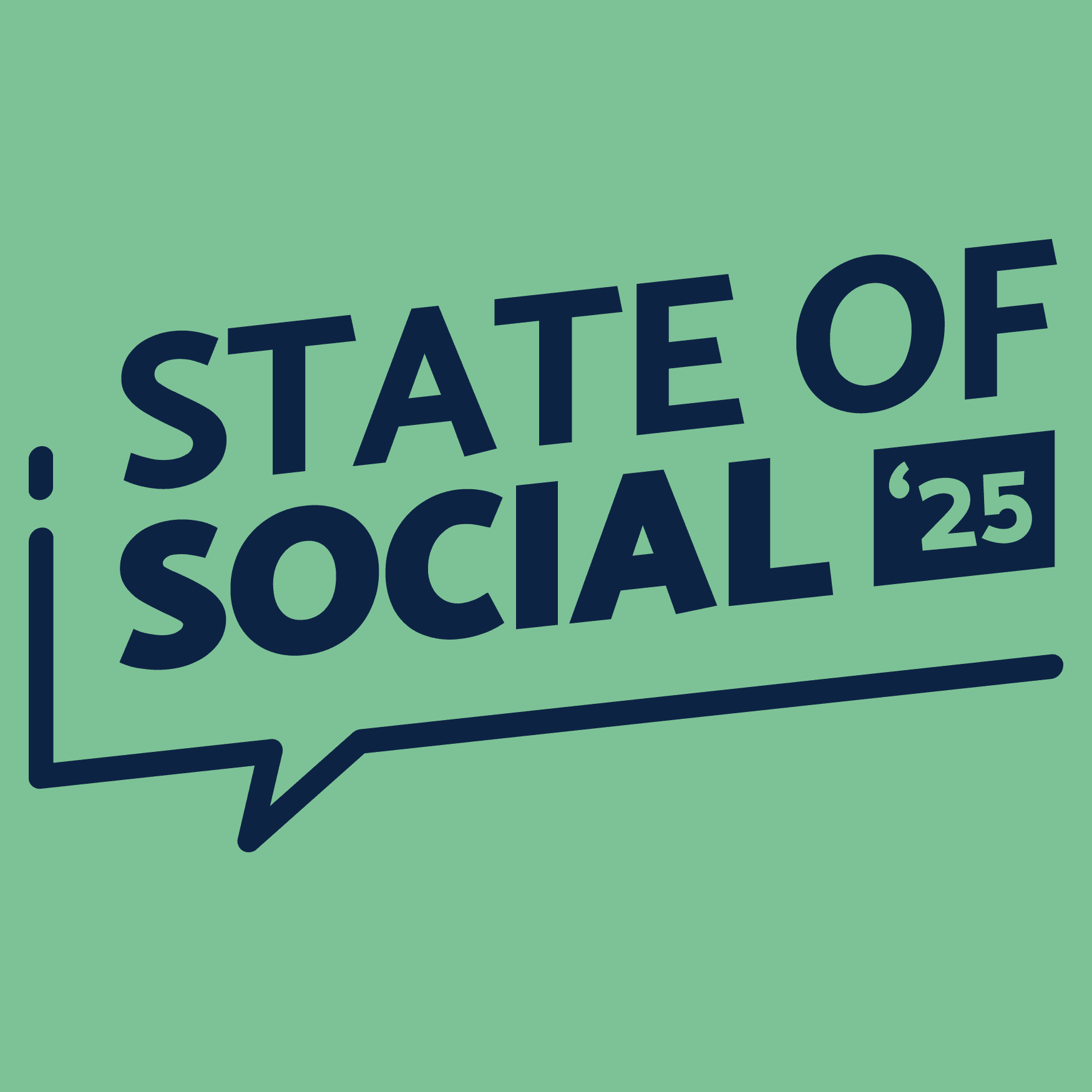Twitter has rolled out a new feature allowing users to specify who can reply to each of their tweets.
While this may help solve some problems, it might exacerbate others. And does it change anything for marketers?
Twitter was a simple place once. People tweeted, people replied. Others might retweet, taking those 140 characters to a wider audience that might also reply … and so on. Great for content sharing, meme spreading and, of course, inclusive discussion.
The way we wrote about social media back then was all sunshine and lollipops.
It was a virtual world where people of all backgrounds and beliefs could come together in harmony, where minorities were empowered to take control of their own narratives and be heard, where genuine collaboration and an open exchange of ideas could, we were repeatedly told, lead to positive change in the world.
These days, social media seems less like a global party and more like a barroom brawl. This is the era of conspiracies and trolls and bots (“oh my”), of Cambridge Analytica and Facebook’s fake news problem, and of daily Twitter arguments over whether the platform is protecting self-identified Nazis. (That last bit is something I couldn’t have imagined writing a couple of years ago.)
Last year, Twitter announced it was working on new conversation settings, the first of which gave users the ability to hide replies. The latest provides a way for users to specify who can reply to individual tweets. Twitter began a live test of the feature, rolling it out to limited users.
My wife has long suspected I’m a pretty limited person, which may be why I suddenly found a new setting at the bottom left of the tweet window. The default displays as “Everyone can reply”. When clicked, the dropdown gives me three options:
- Everyone
- People you follow
- Only people you mention

Giving users control over who can reply to a tweet seems like a positive step towards reducing the abuse or unwanted interactions of all kinds that possibly overwhelm Twitter’s reporting system every day – or at least overwhelm some of our conversations.
We’ve probably all experienced replies to a tweet that completely derail the thread or just take the fun out of whatever it was we were trying to express – particularly if it includes certain keywords guaranteed to attract the troublemakers.
Announcing the rollout of the new feature on its blog, Twitter downplays the troll-limiting aspects. Instead, we’re provided with a few more benign examples of how people might use the feature, such as discussing a topic with a handful of relevant accounts without hundreds of others piling into the thread.
You might be thinking, “So what?” As a marketer, it might seem counter-intuitive to restrict who can interact with the brand. We want bigger community, expanded **cough** “engagement”, greater brand interaction.
In short, restricting replies in this way creates a more passive audience. Sure, anyone can still retweet or quote tweet your thread to add their own $0.02, just like any other article or content. But like your other articles and content, your thread remains under your control.
This might sound extremely appealing to some CEOs and clients I’ve worked with over the years. Some brands have never been entirely comfortable with social media’s ubiquitous right of reply.
But marketers should resist the temptation to overuse this feature, effectively treating Twitter as a broadcast channel.
Firstly, this would likely be seen as anti-social by the brand’s followers – and potential followers. Secondly, routinely dictating who can or can’t provide feedback or comment on your posts can create the impression the brand is overly sensitive to criticism. Plus, it’s not like disgruntled followers will just stay quiet. Instead, what may have been a few negative replies in one thread might become a number of negative quote tweets, potentially increasing the spread and fragmenting the unfavourable sentiment across multiple threads.
However, there may be some more positive and effective ways to use the feature in specific circumstances.
For example, what about an interview or virtual panel thread? The discussion thread can be restricted to the invited participants, while a related hashtag still gives followers the opportunity to comment and ask questions separately without the central thread becoming confused or unwieldy.
Beyond the marketing aspects, I do have some concerns about how restricting replies might only reinforce the problem of echo chambers even further. When users can limit responses to only their like-minded followers, misinformation and differing ideologies are less likely to be challenged with facts and alternative viewpoints.
But, like Twitter, I’m also extremely interested to see how people – and brands in particular – might experiment with the feature.
Do you know if and how you might use the new conversation settings? Let us know by replying to this post on Twitter or LinkedIn.
I promise to set “Who can reply” as “Everyone”.








LET’S CONNECT